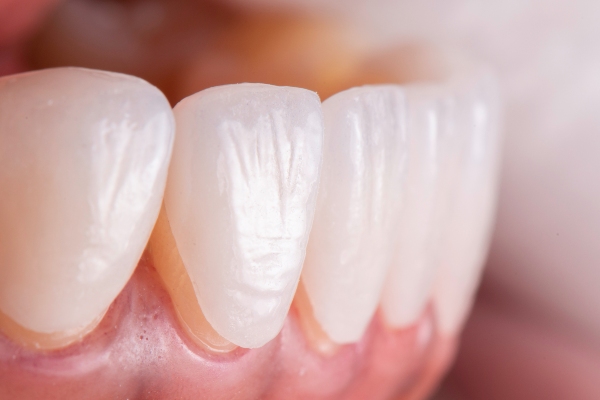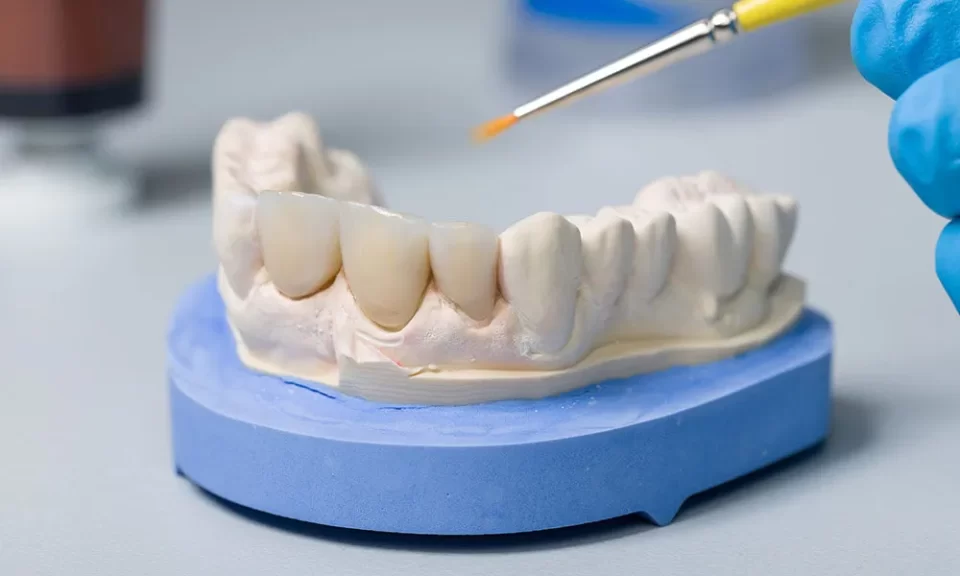Dental crowns are among the most common and effective dental restorations used where a tooth has been damaged, worn down, or decayed. A cosmetic dentist in Pleasanton,CA can provide state-of-the-art placement of crown services to help patients improve the health and appearance of their smile. In this article we explain the whole process, step by step of dental crown placement that a patient should expect from beginning to end, before during, and after the procedure.
Dental Crowns

A dental crown is a custom-made restoration (commonly called a “cap”) that spans the entire visible part of the tooth. Crowns are used to restore a tooth that has been damaged, decayed, or weakened by creating an added barrier around the natural morphology of your original teeth for strength and beauty.
Process for Placing a Dental Crown
1. Consultation
The first stage of placing dental crowns involves thorough consultation and an examination from any chipped teeth dentist or general one. The dentist will then, on this visit;
- Check your teeth and gums
- X-rays for review of the greatest extent of damage or decay
- Talk about your history and any dental problems you have.
- Decide if a dental crown is the ideal solution in your case
2. Tooth Preparation
After the decision has been made to crown a tooth, it must be prepared for placement of the restoration. This involves administering local anesthesia to ensure pain-free comfort during your procedure. Then, extraction of the decayed/injured part of your tooth. The tooth will be shaped by filing the sides and top of it so that a stable base for the crown is created.
3. Taking Impressions
Once your tooth is ready, the dentist will take some impressions of where the affected area and tooth are. And this is key to fabricating a crown that fits your tooth. Impressions are typically taken in two ways;
- Traditional: Putty trays that you bite into
- Digital Scans: 3-D image of your teeth created by digital scanning technology.
4. Placing a Temporary Crown
The dentist will prepare your tooth and then make an impression, or mold of it to send to a dental laboratory where the permanent crown is fabricated. It usually consists of a plastic acrylic or composite-made tooth that functions as if it were natural. It is vital to keep the temporary crown healthy by steering clear of sticky, and hard foods as well as maintaining good oral hygiene.
5. Permanent Crown Fabrication
This impression or digital scans are then sent to a dental laboratory where highly skilled technicians will fabricate your custom crown. The shade, shape, and size of the crown are just like your own tooth so that it looks nice and natural. The entire process of making them usually takes about one or two weeks.
6. Preparation and Placement of the Permanent Crown
The permanent crown will be placed during the second visit at your dentist’s office when finished. The removal of the temporary crown. The permanent crown is cemented onto the prepared tooth and checked for fit, color match, and biting comfort. Final modifications are made to make sure it fits right. The crown is permanently attached to the tooth with durable dental cement.
7. Final Touches and Polish
Once the crown is in place, your dentist will make any final adjustments to ensure that it perfectly fits with your bite. It is polished so that it looks and feels smooth, matching the rest of your natural teeth.
What Happens After a Crown Is Placed?
Both of these symptoms are completely normal to experience right after your crown is seated, especially about hot and cold sensations. This will normally ease up over a few days. Following your new dental crown is essential to ensuring a service life of 10 years or more.
- Good oral hygiene: With daily brushing and flossing, you can keep your teeth and crown healthy.
- Do not consume hard foods: Avoid biting on items that could cause the crown to break such as ice and other hard candies.
- Wear nightguards: If you clench or grind your teeth at night it can help protect the new crown from getting damaged by wearing a mouthguard.
A dental crown is a great way to restore your damaged or decayed tooth due to its form, structure, and aesthetics. Well-established dentists in Pleasanton, CA offer high-quality crown placement using personalized treatment to help patients and achieve long-lasting results! After you learn about how to get a crown put on, just follow the simple instructions for aftercare and enjoy that much healthier-looking smile for years! Contact our office today to see if a dental crown could benefit you in your efforts toward restoring and improving your smile.

